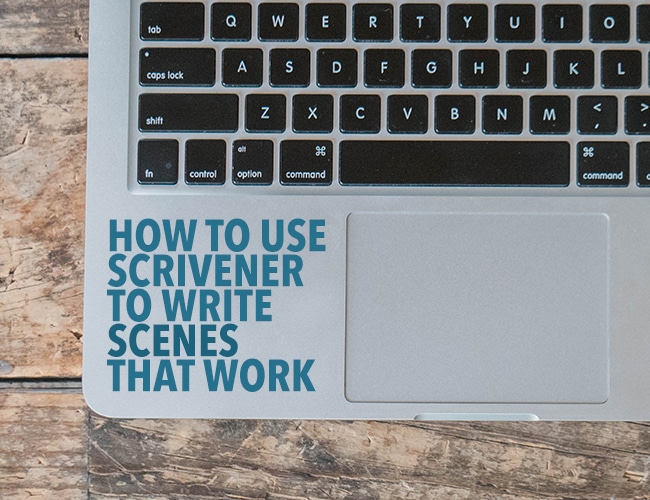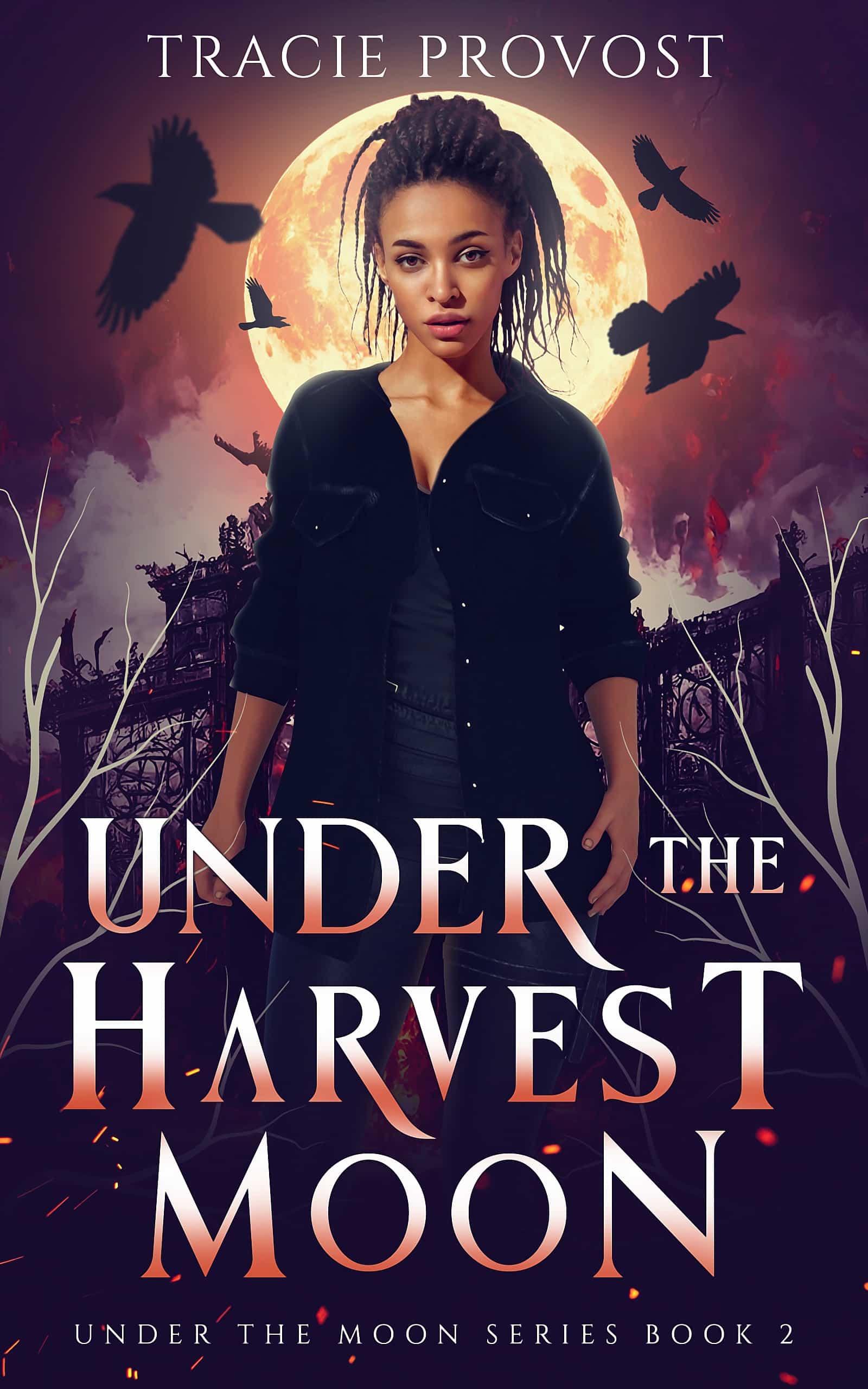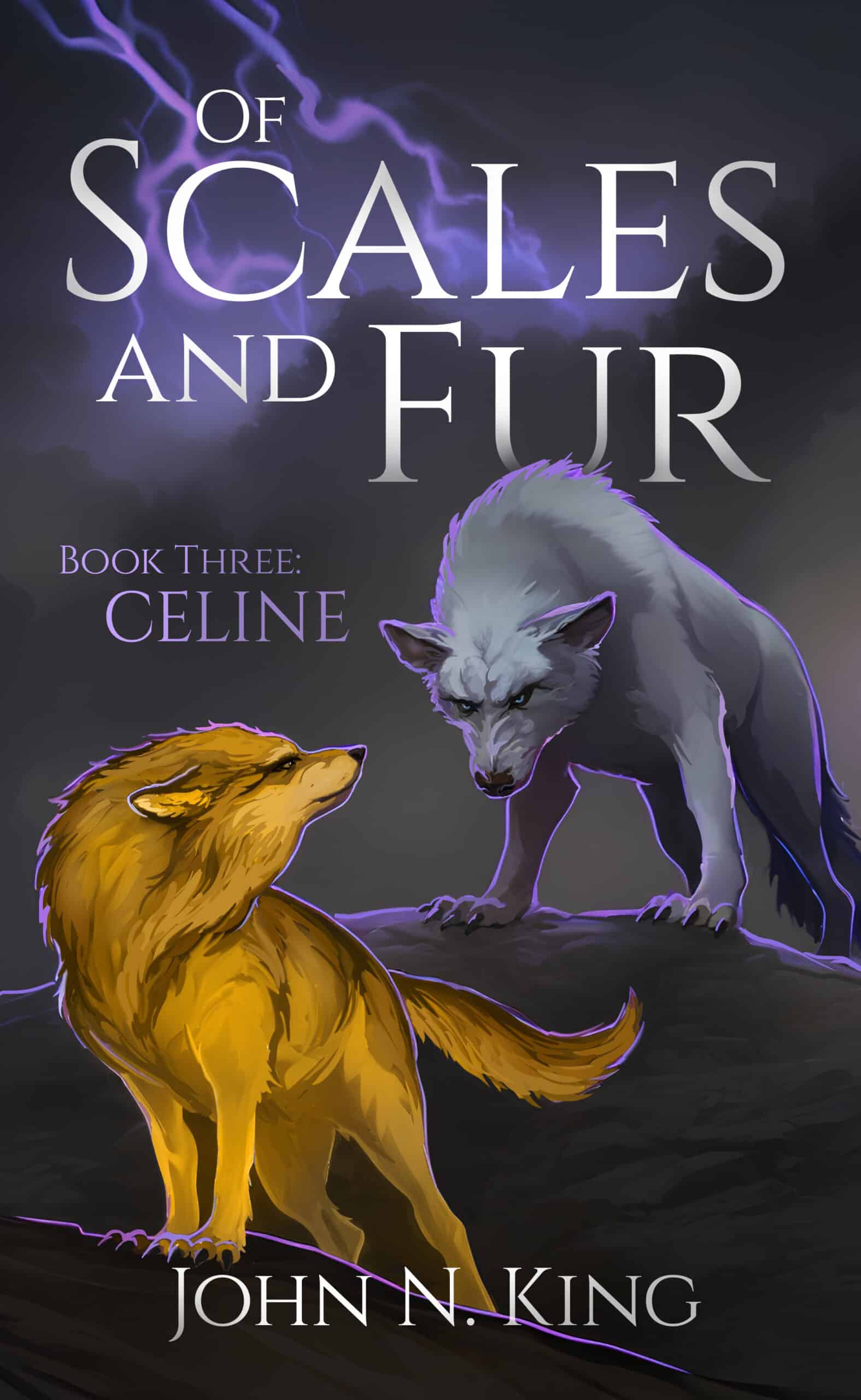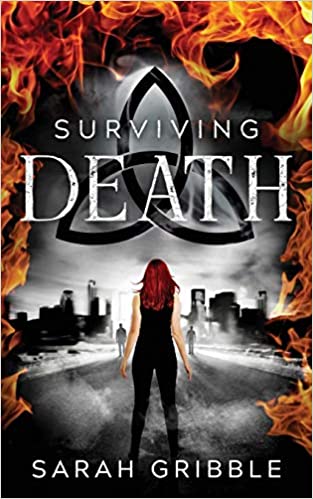
by Joslyn Chase |
Do you want to learn how to use Scrivener?
If you’ve ever felt like a scene doesn’t work in your manuscript, you can use elements of a scene and the book writing software Scrivener, a great tool for writers, to improve your writing project.
The scene is the fundamental unit of story. It’s what drives the story forward, instilling purpose, drama, and emotion.
It’s critical to understand the elements that make it effective and know how to employ them.
In this article, that’s what we’ll examine—what a scene is and how to write an effective one. You’ll also learn how to use an organizational tool, Scrivener, to do this better.

by Joslyn Chase |
If you want your readers to not just pick up your book, but keep turning the pages, you need to learn how to write a hook that will draw them through the story so they never want to put it down. Try baiting your hooks with the thrill of danger to keep your readers on the line.

by Joslyn Chase |
Looking for a boost in your creative writing? We all need something to rekindle our love of story. These TED Talks for writers might be just the inspiration you need.
In your work as a writer, have you ever succumbed to the pity party? Why am I laboring away at something only a handful of people will ever read? Why am I spending all my time on something no one else cares about?
If you’ve been doing it long enough, you’ll have had those moments of doubt. My intention with this article is to provide help and inspiration to push through those barriers and restoke the fires of determined storytelling.
What I found in my forays for fuel to ignite that flame met—and exceeded—my expectations, reaffirming one of the fundamental truths I hold most dear: there is extraordinary power in story.

by Joslyn Chase |
You invest a lot of yourself in your writing, and putting your creative work in front of others is scary. Your mind floods with questions like, What if they don’t like it? What if they think I’m dumb? What if I’m no good at this? And what if someone doesn’t like it? Do you know how to handle negative criticism?

by Joslyn Chase |
Two of the most vital skills you should focus on as a writer are how to tell a story that satisfies readers and how to develop compelling characters. But once you’ve got that figured out, aren’t there other writing techniques, more subtle perhaps, that draw readers in and make stories shine?
There are. And one of those writing techniques is called euphonics.
Rayne Hall, author of the Writer’s Craft series, defines euphonics as “the use of sound devices for prose writing.” The dictionary definition of euphonic expands on that to include “a harmonious succession of words having a pleasing sound.”
Understanding this writing technique and applying it to your sentences will make your readers fall in love with your writing!







